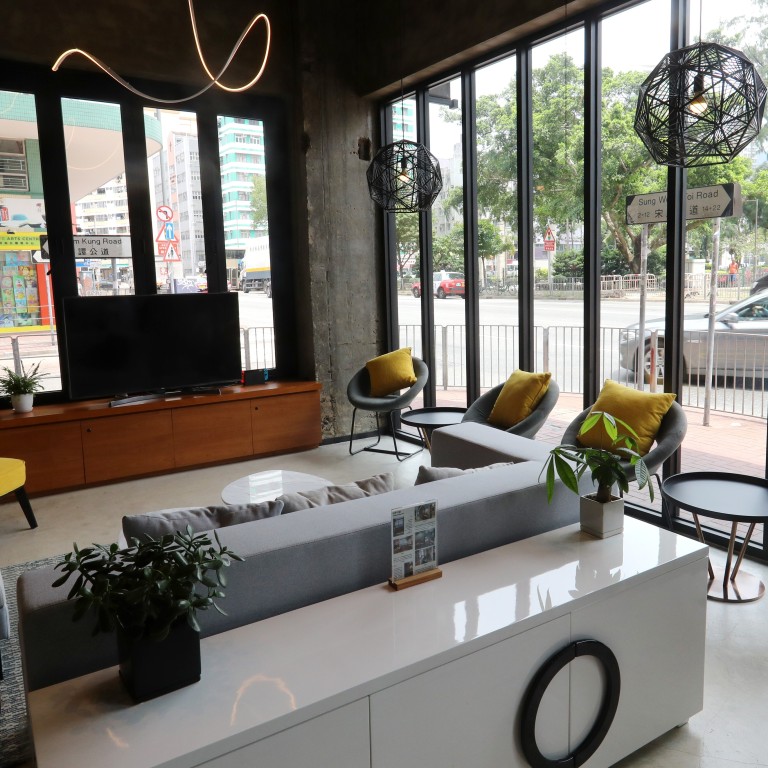
Investors turn Hong Kong hotel assets into co-living space on higher occupancy, profit appeal
- Warburg Pincus-backed Weave Living and Dash Living are among some of the active co-living operators in recent deals
- CBRE sees room for more conversion of hotels, higher co-living occupancy rate as the Covid-19 situation stabilises
The city could see about US$300 million worth of real estate transactions involving hotels this year, JLL estimated, with the vast majority of them earmarked for conversion into co-living purposes. The volume may increase to US$500 million next year, it said.
One notably aggressive player is Weave Living, a co-living operator backed by US private equity firm Warburg Pincus, which JLL said is planning to add to its five operating properties in Hong Kong. Dash Living last week unveiled its newest facility in Mong Kok, adding to its current offerings in Hong Kong, Singapore, Sydney and Tokyo.
“We can expect the co-living sector to keep growing in the coming years as many operators are backed by institutional capital looking for high paced growth,” said Corey Hamabata, senior vice-president at JLL Hotels and Hospitality Group.
Weave Living bought a hotel building in Kai Tak, Kowloon in August for about HK$380 million (US$49 million), which is very likely to be converted into a co-living project, according to CBRE. It will add to its current offerings at Prince Edward, Hung Hom and Olympic.
Meanwhile, Chinachem Group intends to turn some of the 1,608 rooms at its Nina Hotel Tsuen Wan West in New Territories into co-living space, chief executive Donald Choi said. Some 200 to 300 rooms across several floors will be converted from next year in the pilot programme, he added.
Hong Kong quarantine U-turn a sucker punch for battered hotels sector
While hotel occupancy rate has improved to about 70 per cent in August from a low of about 30 per cent during the outset of the pandemic in February-March last year, income has failed to catch up. Revenue per available room, a key industry metric, is still about 40 to 50 per cent of the takings in 2018 to 2019, according to JLL.

04:47
Hong Kong should follow Singapore’s lead and drop ‘zero case’ approach to Covid-19
In comparison, some co-living operators have reported occupancy rates as high as more than 90 per cent after property conversion, it added.
“Conversion of hotels to co-living offers an immediate opportunity to increase a property’s profitability, independent of the timeline of border reopening and recovery in leisure travel,” said Julien Laloye, vice president at JLL Hotels & Hospitality Group in Asia Pacific.
The average occupancy rate of co-living operators stands at about 80 per cent, according to CBRE. Peak occupancy was about 90 to 95 per cent before the Covid-19 outbreak, while the trough was about 60 to 70 per cent, the property consultancy said.
For co-living operators, the profit margin is likely to be around 65 to 75 per cent because of the long-stay model, smaller overhead costs, and limited services and food and drink facilities, JLL estimated. In normal times, a typical three-star hotel might generate 55 to 65 per cent in operating margin.
There were 306 hotels in Hong Kong, providing about 84,900 rooms as of May 2020, according to government data. About one-third of them have the potential to be converted into co-living use, CBRE said.
“With the stabilised Covid situation and the expectation of border opening, the average occupancy rate in the coming 12 months could return to 85 to 90 per cent level” said Reeves Yan, executive director and head of capital markets at CBRE Hong Kong.

